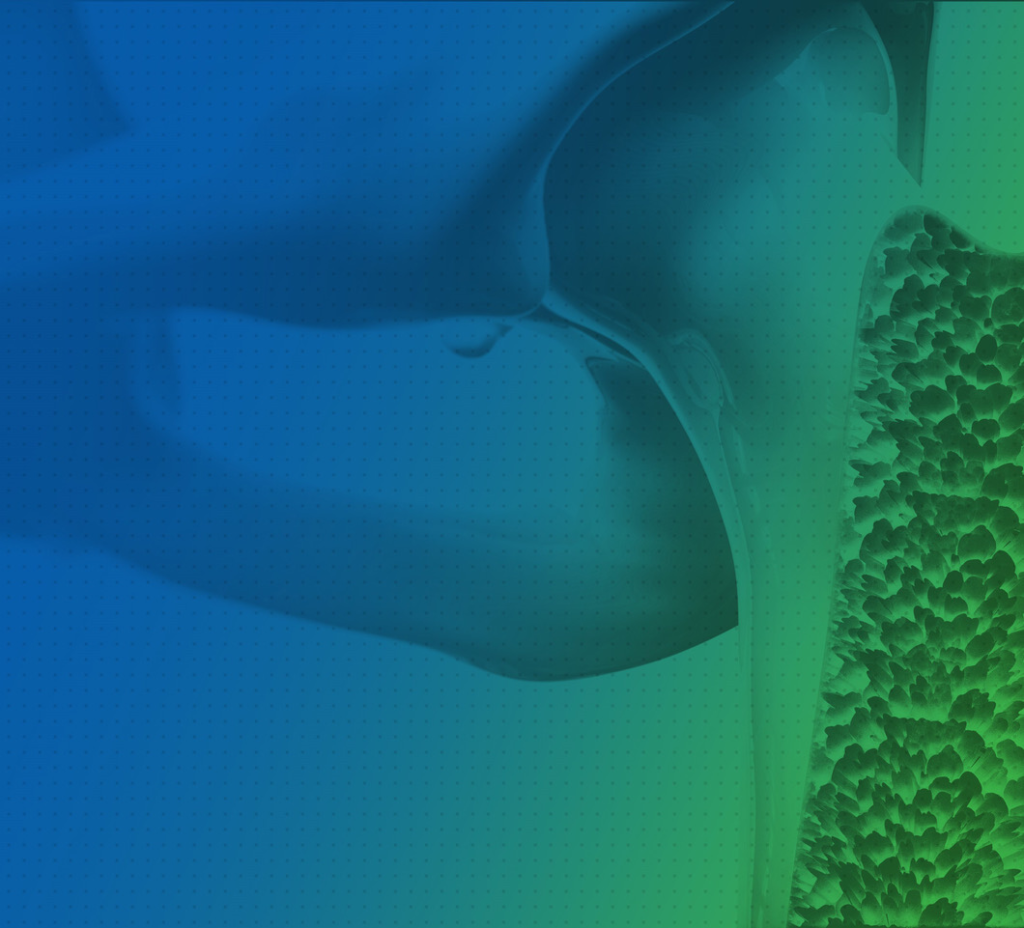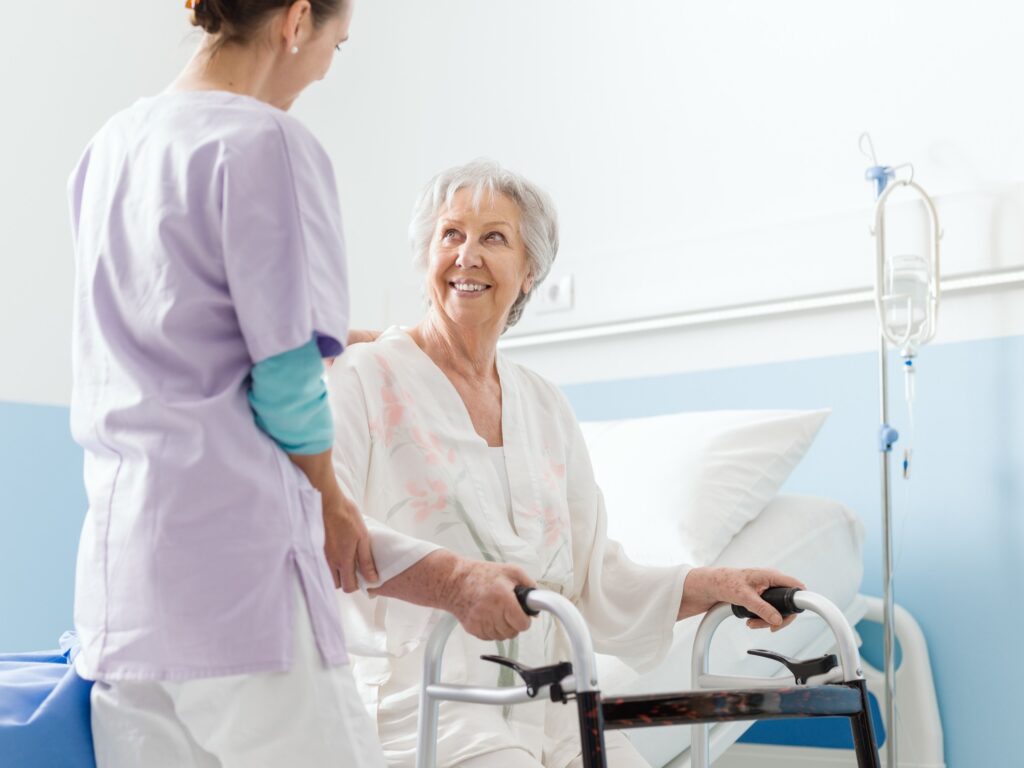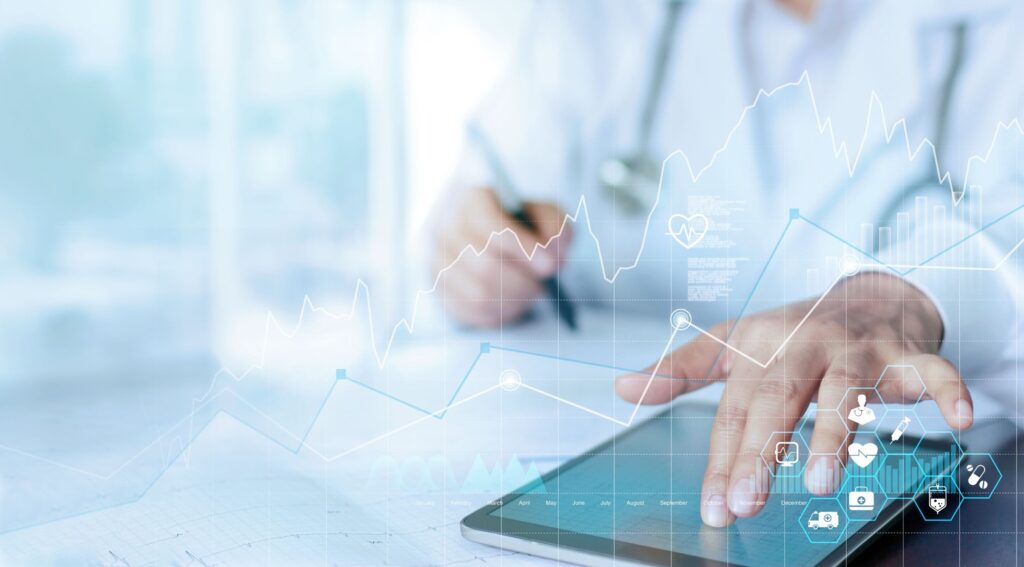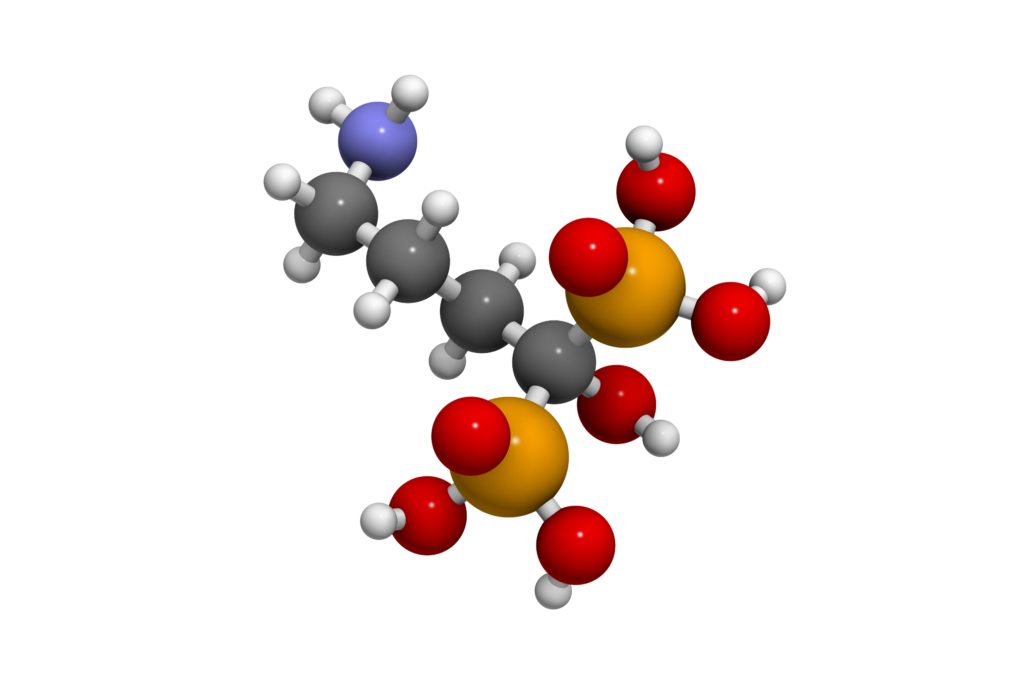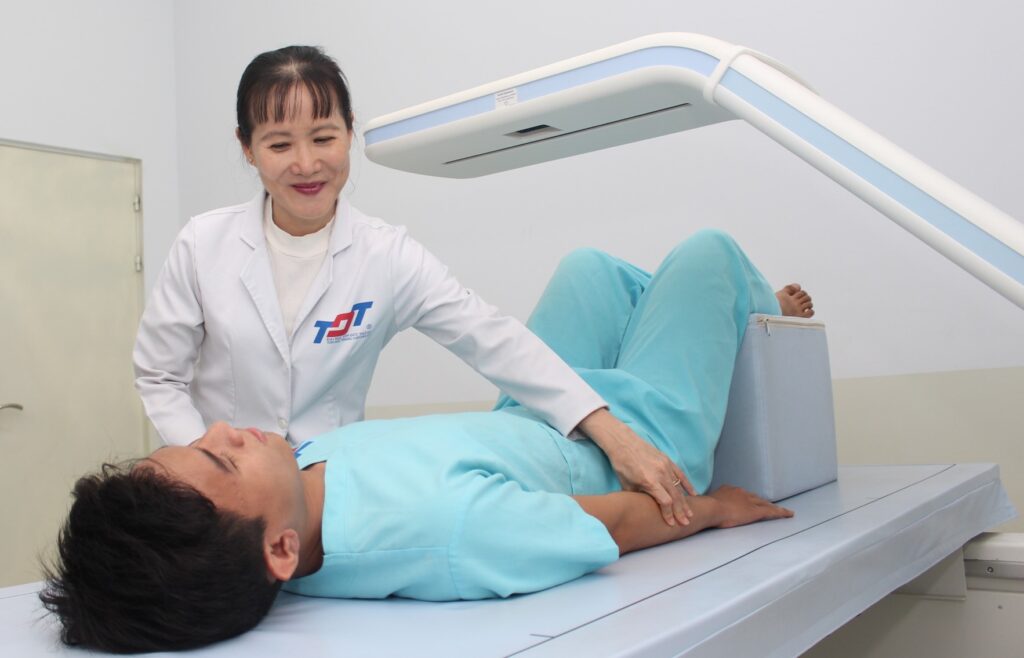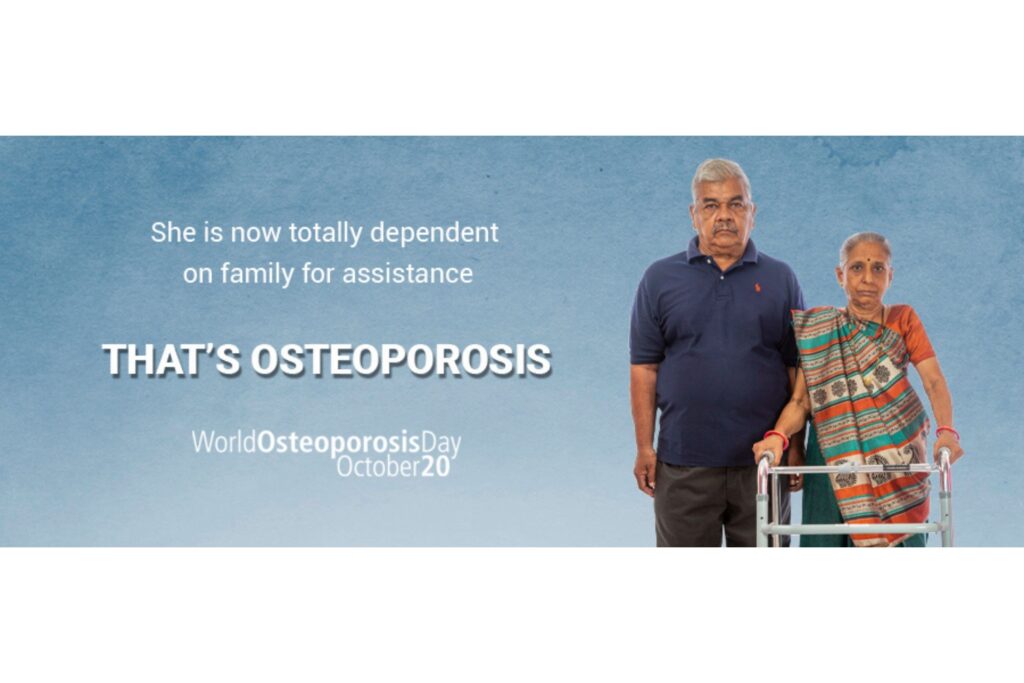The information provided by APCO, including but not limited to the APCO Framework, the APCO Healthcare Practitioner Educational Slides, and the APCO QI Toolkit (collectively, the “APCO Materials”), are intended for qualified medical doctors and provided solely for information purposes only. The information provided does not constitute medical advice and shall not operate in any way to substitute, replace or affect any proper medical advice, diagnosis, analysis, testing, and treatment provided by qualified medical doctors. APCO assume no responsibility for any circumstances arising out of or in connection with the use, misuse, interpretation or application of any information contained in the APCO Materials.
APCO exclude all implied conditions, warranties, representations or other terms which may apply to the APCO Materials, APCO’s website, any content of APCO’s website and any documents or information made available on APCO’s website. APCO will not be liable for any loss or damage, whether in contract, tort (including negligence), breach of statutory duty, or otherwise, even if it is foreseeable, arising out of or in connection with the use or the inability to use APCO’s website, use of or reliance on any content on APCO’s website or any documents or information (including the APCO Materials) made available on APCO’s website. In particular, APCO will not be liable under any circumstances for (i) loss of profits, sales, business, or revenue; (ii) business interruption; (iii) loss of anticipated savings; (iv) loss of business opportunity, goodwill or reputation; or (v) any indirect or consequential loss or damage.

